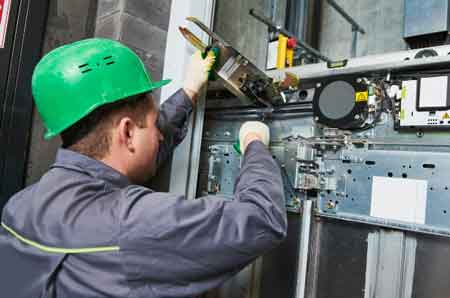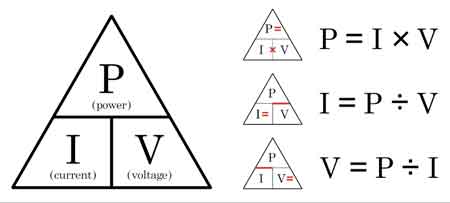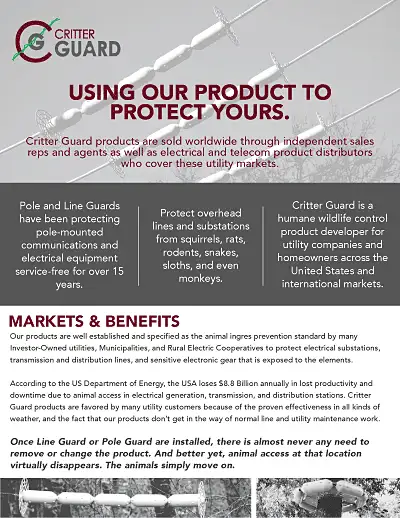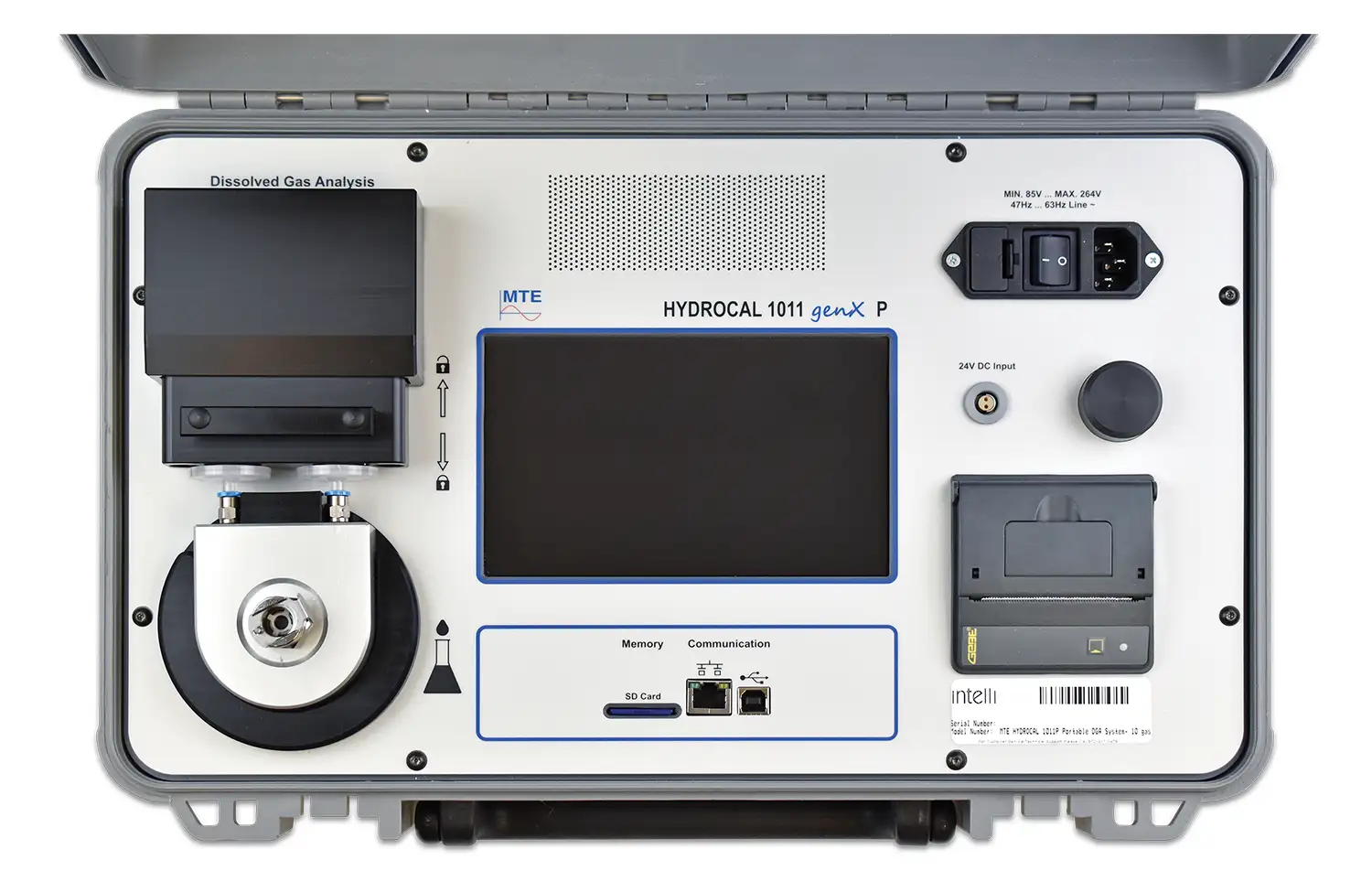Electrical Surge Protection
By William Conklin, Associate Editor

Substation Relay Protection Training
Our customized live online or in‑person group training can be delivered to your staff at your location.

- Live Online
- 12 hours Instructor-led
- Group Training Available
Download Our OSHA 4474 Fact Sheet – Establishing Boundaries Around Arc Flash Hazards

- Understand the difference between arc flash and electric shock boundaries
- Learn who may cross each boundary and under what conditions
- Apply voltage-based rules for safer approach distances
Electrical surge protection safeguards power systems from voltage spikes, lightning strikes, and transient overvoltages. It improves reliability, extends equipment life, and ensures compliance with electrical safety and power quality standards.
What is Electrical surge protection?
Electrical surge protection is a system of devices and methods designed to prevent damage from sudden voltage spikes in power networks.
✅ Protects equipment from transient overvoltages and lightning strikes
✅ Improves system reliability and safety
✅ Extends the service life of sensitive electronic devices
Basic Protection Relay Training
Request a Free Training Quotation
Electrical surge protection is a system designed to protect electronic devices from voltage spikes caused by various factors, including lightning strikes, power line faults, or the switching of power equipment. These sudden increases in voltage can damage or destroy connected devices, resulting in costly repairs or replacements. Therefore, the importance of protection cannot be overstated, as it helps maintain the integrity of power systems and safeguards investments in electronic equipment. Effective protection works in conjunction with other circuit protection devices to prevent costly equipment failures and ensure system reliability.
For instance, an outlet surge protector with a proper ground wire connection helps shield sensitive devices from harmful spikes, while advanced transient voltage spike suppressors meeting UL 1449 standards ensure reliable and certified protection.
A surge suppressor is at the heart of electrical surge protection. They limit the voltage supplied to an electronic device by blocking or shorting the unwanted voltage from neutral to ground or line to ground. Some overvoltage protectors, such as those featuring a metal oxide varistor (MOV), react to excess voltage by diverting it away from sensitive components. In contrast, others, like the uninterruptible power supply (UPS), provide continuous power even during voltage fluctuations, ensuring that connected devices remain operational. In facilities with elevators, using a dedicated surge protection device for elevators is critical to guard sensitive control systems against voltage spikes.
Test Your Knowledge About Electrical Protection!
Think you know Electrical Protection? Take our quick, interactive quiz and test your knowledge in minutes.
- Instantly see your results and score
- Identify strengths and areas for improvement
- Challenge yourself on real-world electrical topics
Although surge protectors and power strips may appear similar, there is a crucial difference between them. Power strips primarily function as extension cords, providing multiple outlets for plugging in devices. While some power strips may offer basic surge protection, more is needed to protect against significant voltage spikes. On the other hand, surge protectors are specifically designed to guard against harmful voltage fluctuations, providing higher protection for connected devices. Comprehensive power system protection strategies often combine surge protection with overcurrent protection to provide a layered defence for industrial and utility networks.
Selecting the right surge protector for your home or office requires careful consideration of several key factors. First, identify the type of devices to be protected and their power requirements. For industrial and commercial applications, consider investing in a whole-house surge protector or a protection device (SPD) installed at the service entrance to shield the entire facility. Additionally, ensure that the overvoltage protector meets industry standards and offers adequate joule rating, response time, and clamping voltage to provide optimal protection.
When selecting a high-quality overvoltage protector, look for the following key features:
-
A high joule rating indicates the surge protector's ability to absorb a large amount of energy.
-
A low clamping voltage determines the voltage level at which the protector starts to divert excess voltage.
-
Fast response time ensures the surge protector reacts quickly to voltage spikes.
-
UL certification, confirming that the product has been tested and meets safety standards.
-
Indicator lights signal if the surge protector is functioning correctly and if the connected devices are grounded.
Regular replacement of overvoltage surge protectors is essential for maintaining their effectiveness. However, over time, the components within an overvoltage protector can degrade, reducing its ability to protect against spikes. Therefore, replacing surge protectors every three to five years or following a significant power spike or lightning strike is generally recommended. Proper relay and circuit breaker coordination enhances overvoltage protection measures, ensuring that faults are cleared quickly without unnecessary shutdowns of equipment.
While surge protectors can offer protection against many voltage fluctuations, it is essential to note that they may not provide complete protection against direct lightning strikes. Therefore, a comprehensive lightning protection system, including grounding and bonding, must safeguard power systems and structures from severe lightning-induced damage. For transformers, transformer protection and transformer overcurrent protection work in conjunction with overvoltage suppression to ensure safe and efficient operation.
Electrical surge protection plays a crucial role in maintaining the integrity of industrial, commercial, and institutional power systems, as well as safeguarding valuable electronic devices from potential damage. By understanding the importance of surge protection, selecting the appropriate surge protectors, and ensuring their regular replacement, facilities can minimize the risks associated with power overvoltages and safeguard their investments in technology. Electric motors also benefit from overvoltage defence, and pairing electric motor protection with motor overload protection helps extend the life of these critical assets.
What are the three different types of surge protectors?
There are various types of surge protectors, but they can generally be categorized into three main types:
-
Primary (Type 1) Protectors: These surge protectors are installed at the main service entrance or utility meter of a building. They protect against high-energy voltage spikes, such as those caused by direct lightning strikes, and are designed to handle large amounts of energy. Type 1 protectors are typically used in industrial and commercial facilities with a high risk of lightning strikes.
-
Secondary (Type 2) Protectors: Type 2 protectors, also referred to as point-of-use surge protectors, are the most commonly found type in homes and offices. They are installed at the power panel, subpanel, or power outlet to protect individual or group devices. Additionally, secondary surge protectors safeguard against voltage spikes originating within the building, such as those caused by switching loads or faulty wiring. These surge protectors typically include power strips with built-in protection, standalone surge protectors, or whole-house surge protectors connected to the electrical panel.
-
Power Line Conditioners (Type 3) Protectors: Power line conditioners, also known as voltage regulators or uninterruptible power supplies (UPS), protect devices against voltage spikes and help maintain a stable voltage level. They are designed to correct voltage fluctuations, ensuring connected devices receive a consistent and clean power supply. Power line conditioners are commonly used with sensitive electronic equipment, such as computers, servers, and medical devices, where stable power is crucial for proper functioning and data integrity.
Each type of surge protector has its specific use case and provides varying levels of protection. Therefore, choosing the right type is essential, considering your specific needs and the devices you want to protect. To build a complete understanding of overvoltage and fault defence, our Basic Protective Relay Training course explains how protective relays coordinate with overvoltage protection devices in power systems.
Electricity Today T&D Magazine Subscribe for FREE

- Timely insights from industry experts
- Practical solutions T&D engineers
- Free access to every issue








